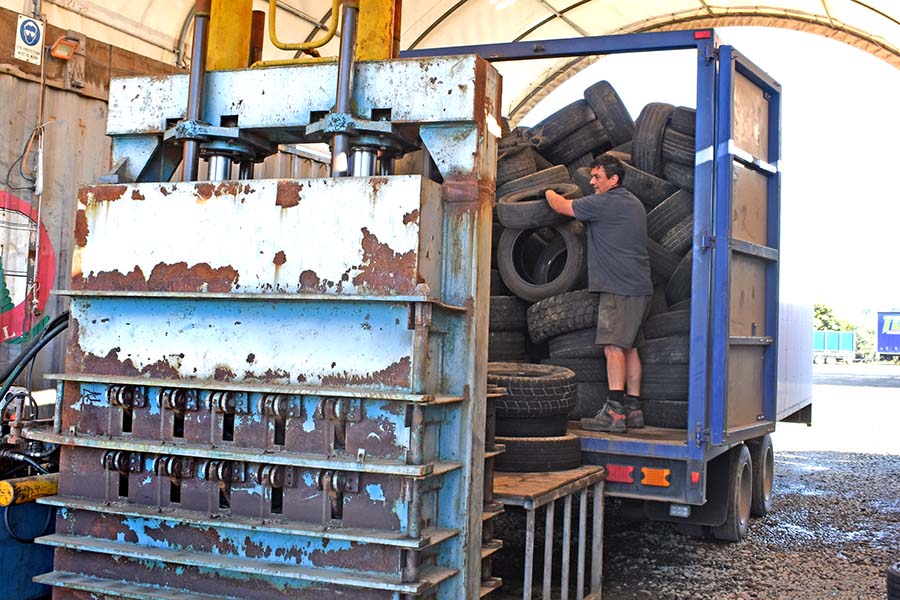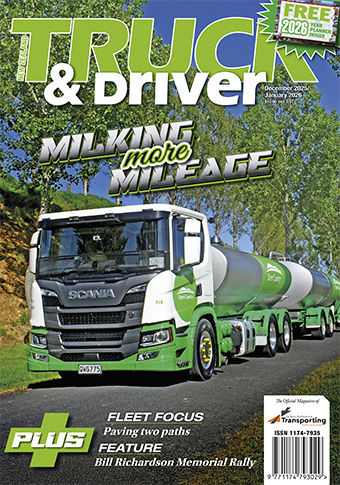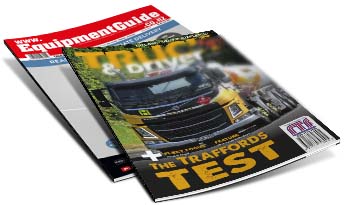Aeolus Truck & Driver News


Fine-tuning ahead for new Tyrewise scheme
Aeolus Truck & Driver News
The March 1 launch of New Zealand’s Tyrewise scheme for managing the stewardship of `end of life’ tyres is revealing some early fee anomalies which are being worked through by the scheme delivery managers.
The Tyrewise fees scale for loose regulated tyres is based on 53 NZ Customs tariff code items, ranging from small motorcycle and ATV tyres through to large earthmoving and aircraft tyres.
The early days of the scheme have highlighted that some tyres have historically been imported under multiple Tariff codes for some time.
“It has highlighted there has been a lot of unintentional misdeclaration of Tariff codes by tyre importers, but that hasn’t impacted financially until now because there hasn’t been a monetary amount attached to the Tariff code,” says Adele Rose, CEO of 3R Group, the Tyrewise Scheme Delivery Managers.
...The March 1 launch of New Zealand’s Tyrewise scheme for managing the stewardship of `end of life’ tyres is revealing some early fee anomalies which are being worked through by the scheme delivery managers.
The Tyrewise fees scale for loose regulated tyres is based on 53 NZ Customs tariff code items, ranging from small motorcycle and ATV tyres through to large earthmoving and aircraft tyres.
The early days of the scheme have highlighted that some tyres have historically been imported under multiple Tariff codes for some time.
“It has highlighted there has been a lot of unintentional misdeclaration of Tariff codes by tyre importers, but that hasn’t impacted financially until now because there hasn’t been a monetary amount attached to the Tariff code,” says Adele Rose, CEO of 3R Group, the Tyrewise Scheme Delivery Managers.
“However, it matters a lot now because the Tyrewise Stewardship fee the importer will be invoiced for is driven off the Tariff item by which the importer declares at point of import, and further to that the tyre fits into a specific Tariff item based on its intended use,” Adele says.
One of the early anomalies has been confusion around some larger 20-inch tyres which can be used on SUVs or on light commercial vehicles. These can be charged at $6.65 if they are declared for a passenger vehicle or $13.30 for a commercial vehicle.
“There’s also an issue at the top end with some large oversize tyres,” Adele says.
“The Tariff code items stop at a point where the maximum fee that can be charged for a large oversize tyre is $420.95, but some of the largest mining tyres should be charged a Tyre Stewardship Fee of around $2000 based on weight alone.”
“We have a Technical Advisory Group who will be working on this with NZ Customs and Ministry for the Environment to have a proposal in place to cater for these differences within the next three months,” Adele says.
The Tyre Stewardship Fee replaces the previous, ad hoc tyre disposal fees charged when tyres were removed from vehicles.
From March 1 a ‘tyre stewardship fee’ will be charged on tyres sold in New Zealand, loose, or on a vehicle and all importers and sellers of regulated tyres need to be registered with Tyrewise.
The goal is to avoid millions of tyres being piled in paddocks, illegally dumped, or sent to landfill in New Zealand every year.
“From 1 September, Tyrewise will be responsible for arranging the free collection of end-of-life tyres from registered tyre sellers, garages, and public collection sites around the country,” Adele says.
“The scheme will also ensure the tyres go to registered processors and manufacturers, so they get a second life in a new product, rather than being landfilled, stockpiled, or dumped.”
Once fully operational, Tyrewise will see a significant increase in the number of tyres being recycled or used in the creation of new products and will also invest in the development of innovative, new, high-value uses for rubber from end-of-life tyres.
At present about 40% of the tyres which reach their end-of-life in New Zealand are recycled or used in the creation of new products.
“Tyrewise has set a target of 80% of tyres processed by the fourth year of operation and over 90% by the sixth year,” Adele says.
“The New Zealand market has a way to go in that regard, and we’re keen to see higher value products benefit the country as a whole.”
The following NZ Customs link provides FAQs regarding the tariff classification regulated tyres. It also outlines the process for applying for a Customs ruling on the tariff classification for specific tyres.
https://www.customs.govt.nz/about-us/news/important-notices/fee-for-regulated-tyres-under-the-waste-minimisation-tyres-regulations-2023/



 + EQUIPMENT GUIDE - FREE
+ EQUIPMENT GUIDE - FREE
